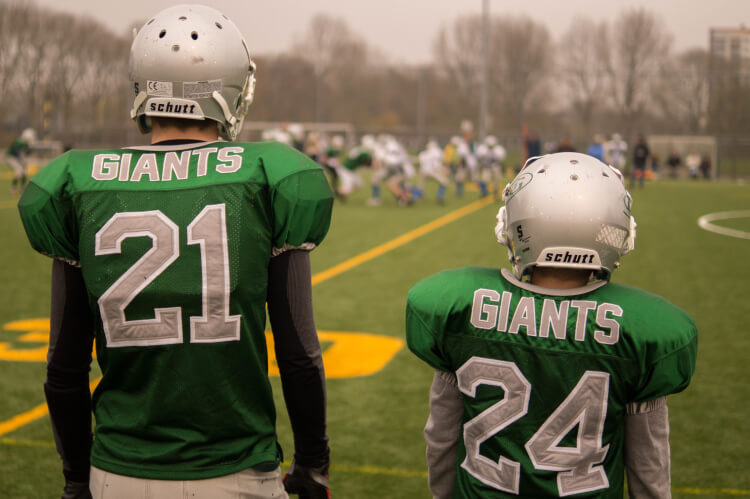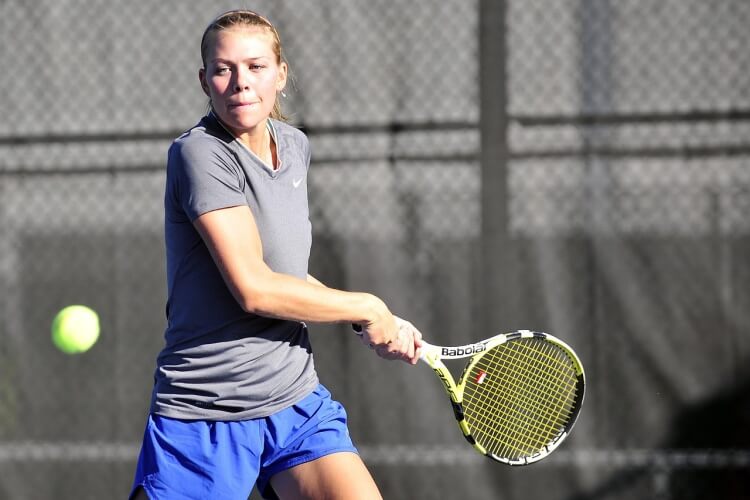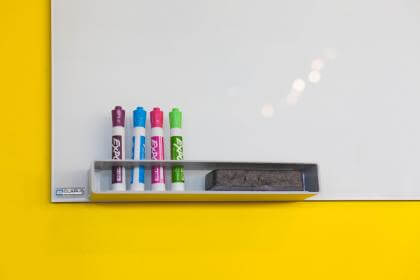I looked down at the black fitbit on my wrist yesterday around noon, reluctantly tapped the face twice, and waited impatiently for it to respond. Soon the monitor revealed one full bar and a second slowly blinking back at me. Sitting all day is tough. I must have had an unsatisfied look on my face as I did the math…less than 1500 steps. I was frustratingly short of my 10,000 step daily goal. Last week while escorting my students up Mt. Si, a 4-mile hike outside Seattle with 4000 feet of elevation gain I had hit 10,000 steps before 8am. Sitting all day is tough. I had good reason to be sitting but I function much better when I’m moving.

I spent the past three days representing SHAPE Washington in St. Louis at the Leadership Development Conference (LDC). Aside from the inevitable seat time there were some obvious highlights. I met some impressive educators in our field from all over the country and used the many meaningful conversations to refuel my professional energy (it had taken a big hit over the last couple of months of school this year). I listened intently as some of the most respected leaders in physical education shared their collective vision for SHAPE America our newly structured national organization. I had the opportunity to sit in on a session by Dr. John Ratey, from Harvard University, as he discussed the abundance of research connecting moderate to vigorous physical activity to an increase in brain function. What he calls “miracle grow for the brain” could go a long way to making physical education a priority in our schools. It was an inspirational message.
However, what continues to rattle around in my brain today, as I fly to meet my family in California for what I think is a well deserved visit to Disneyland, is what our current SHAPE America president, Dolly Lambdin, challenged us within the first hour of the conference. After a painfully slow period of change within our professional organization (from AAHPERD to SHAPE America) that’s been at times both confusing and promising, our leaders have emerged from the experience with a visionary perspective. With CEO Paul Roetert, past-president Gale Wiedow, and president-elect Steve Jefferies providing their support, Dolly challenged us to consider an audacious national goal: All students in the United States will be physically active and healthy by 2025.




